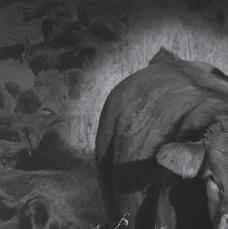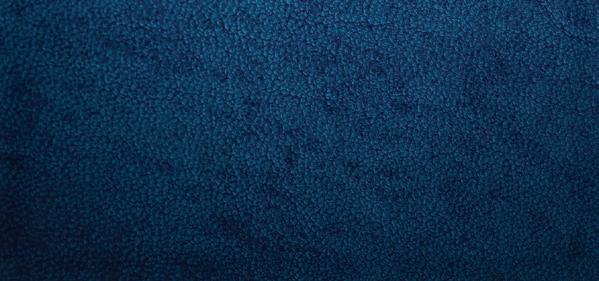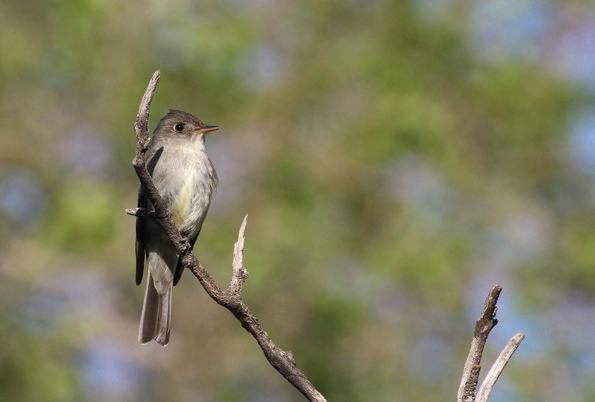
3 minute read
Keystone livestock
Lois McRae & Joyce Gordon RR 1 Box 57 Brandon, Manitoba R7A 5Y1 h: 204-728-3058 c: 204-573-5192 f: 204-727-7744 marmacfarms1@gmail.com green feed or silage production, providing good quality feed when cut at the proper stage. Golden german millet is a yellow foxtail millet and heads out in 75 to 90 days. Foxtail millet often has a thicker stem and a waxy surface coating which can slow dry-down time. Weed control options are limited when growing millet or sorghum. Both 2,4-D and MCPA are registered but there are no grassy weed herbicide options. Sorghum has a bigger stock and looks similar to corn, so it is best harvested as a silage. Sorghum and sorghum-sudangrass can accumulate prussic acid, which can be lethal to livestock. Prussic acid will dissipate in cured hay or silage. Based on its tall height, sorghum has very good yield potential. Millet and sorghum should be cut at early- to mid-heading.
Cereals
When producers are dealing with late seeding, crop maturity is important. Oats, on average, requires 96 days to mature for grain; barley needs 88 days, and triticale needs 100 days. There can be up to 3 to 4 days difference in maturity depending on the variety grown. Greenfeed/silage can be cut 10 to14 days earlier than grain. When growing forage for livestock, choose a smooth awned barley, especially for greenfeed. Rough awns can become stuck in livestock mouths; better weed control options exist for cereals. For example, in barley you can spray for both broad leaf and grassy weeds. In the trial, after 51 days planting the barley was headed and both the oats and the proso millet were starting to head out. In wet springs with late planting, you can still seed up until mid-July and have a reasonable expectation to reach maturity for silage/ greenfeed prior to a late September frost with several different crops, but especially proso millet and barley, as they are the earliest maturing options.
Harvesting annual forage crops
Annual crops harvested on a timely basis make excellent quality feed and may be harvested as a greenfeed, chopped silage or baled silage. Advantages of harvesting feed as silage include:
1) lower nitrate levels by 30 to 50 per cent (ensiling decreases nitrate
2) the silage harvest is less weather dependent; and
3) there are less field and storage and weathering losses.
Harvesting cereals for greenfeed or silage at the optimal time will maximize quality and yield. Most annual crops (barley, triticale) should be harvested at early dough stage or late milk (oats) when being cut for forage.
Combining peas and a cereal produces a higher protein feed. If growing peas separately, harvest at pod wrinkle, in a cereal mixture harvest according to the cereal maturity. The 2022 MCVET annual forage trial results, including yield and feed quality information can be found in our Seed Manitoba 2023 Variety Selection and Growers Source Guide. Overall across all five sites on average, sorghum was the highest yielding, followed by oats, triticale, barley, the pea/cereal mix and then millet. Barley had the highest overall relative feed value and energy, and was second for protein. The pea/cereal mix had the highest protein and was second for both relative feed value and energy.
The 2022 trials are sponsored by the Manitoba Crop Variety Evaluation Team (MCVET), Manitoba Seed Growers Association, Manitoba Beef Producers and Manitoba Agriculture. We would like to thank the staff at each of the four Diversification Centers and the University of Manitoba Carman for conducting the trials.

For more information, contact your nearest Manitoba Agriculture office or shawn.cabak@gov.mb.ca or 204-239-3353.
We want to hear from you!
For the next issue of Cattle Country, a Manitoba Agriculture forage or livestock specialist will answer a selected question. Send your questions to Elizabeth.Nernberg@gov.mb.ca.
The StockTalk Q&A Feature for Cattle Country is brought to you by Manitoba Agriculture. We encourage you to email your questions to our department’s forage and livestock team. We are here to help make your cattle operation successful. Contact us today.
Andrea Bertholet Killarney 204-851-6087 Andrea.Bertholet@gov.mb.ca
Kristen Bouchard-Teasdale Beausejour 431-337-1688 Kristen.BouchardTeasdale@gov.mb.ca
Shawn Cabak Portage 204-239-3353 Shawn.Cabak@gov.mb.ca
Pam Iwanchysko Dauphin 204-648-3965 Pamela.Iwanchysko@gov.mb.ca
Cindy Jack Arborg 204-768-0534 Cindy.Jack@gov.mb.ca

Juanita Kopp Beausejour 204-825-4302 Juanita.Kopp@gov.mb.ca
Elizabeth Nernberg Roblin 204-247-0087 Elizabeth.Nernberg@gov.mb.ca








Page 1
“Karen’s vision, talent, experience, and extraordinary commitment to the paper was exceptional,” says Audrey Kuik, who became Communications Coordinator in 2009. “She knew her audience well, after all, she was a beef producer herself. The paper was a daunting task, but she always delivered an outstanding end product right from content and advertising, to the management of editorial and production timelines, all the way to her development of key relationships with freelance writers, columnists, photographers and the myriad of others who supplied material to the paper. To have someone of her calibre and skill as a writer, editor and manager of the paper was without a doubt the reason the paper was so credibly regarded and successful, and why it was ultimately so widely received and celebrated in our industry.”









